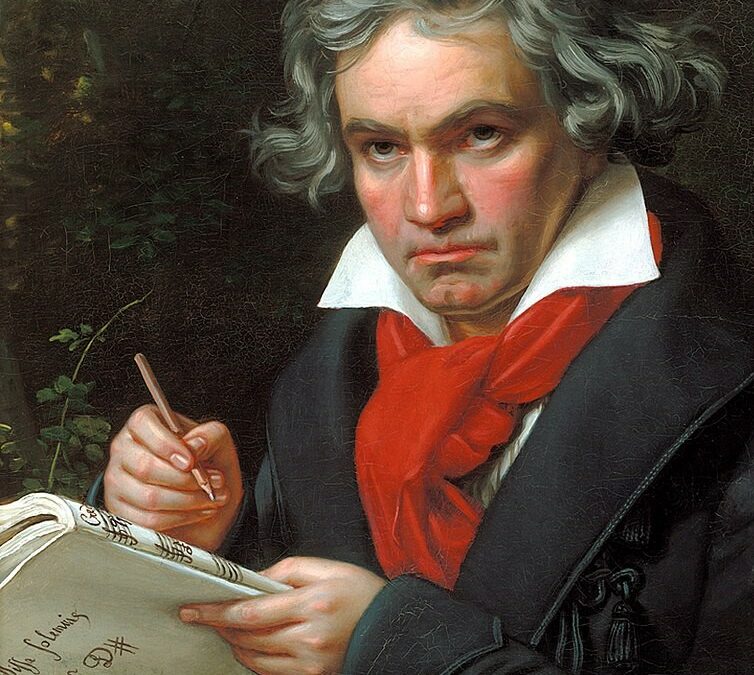A closer look at the Beethoven Piano Sonatas.
Analysis of Beethoven Top 9 piano Sonatas
Without a doubt, Ludwig Van Beethoven is considered to be one of the greatest composers that ever lived. His works entail from short piano pieces to Symphonies being the 9th Symphony the one which set the bar so high that Johannes Brahms who attended the premiere at twenty-one years old, took twenty years to release his first symphony as he felt overwhelmed by the grandeur of the piece.
Beethoven also composed for several subsets of chamber music and string quartets, although even in his piano pieces he always had the orchestra in his mind, applying the different instruments in a very complex and contrapuntal manner on the piano texture. This was developed through his 32 Sonata pieces and in this article, Maestro Alvaro Sisti takes the most influential ones and explains how and why there are considered to be the most valuable and significant pieces for any advanced piano student to consider within his or her repertoire. It goes without saying that piano teachers should always advise which ones are the most challenging technically first to be contemplated to be the next challenge.
Among the nine presented in the article, here are some insights:
N°9 – Sonata 17 Op.31 N°3 in D minor
Written in a prolific period of experimentation related to the sonata form, the, also known as ‘Tempest’ Sonata, is one of the most famous ones from Beethoven’s middle period.
N°8 – Sonata 7 – Op.10 N°3 in D major
The first and fourth movements include most of Beethoven’s typical early resources, such as changes of mode, a swap of roles and textures, broken octaves, accents strange parts of the bar, scales, arpeggios, pedal notes, repetition and building of small particles of music, and sudden changes in intensity
N°7 – Sonata N°26 Op.81a ‘Les Adieux’
The sonata, despite being shorter than some other masterworks from this period, demands a very exigent performance.
N°6 – Sonata N°29 Op.106 in Bb major
One of the most demanding and longest sonatas in music history. The titanic dimensions of this piece result in a very challenging and difficult piece
N°5 – Sonata N°32 Op.111 in C minor
The last sonatas written by Beethoven turned into a very different style. Several tempo changes, more themes and variations and fugues than usual, cryptic architecture, and many expressive indications marks the difference from the previous works.
N°4 – Sonata 14 Op.27 N°2 in C# minor
One of the most renowned and well-known pieces by the composer, there’s little to say that was not already pronounced about this Sonata.
N°3 – Sonata 23 Op. 57 in F minor
It’s also known the composer chooses the tonality of F minor to play, in the first bars, the lowest notes he had on his piano, giving to the piece a mysterious and dark character.
N°2 – Sonata 21 Op.53 in C major
Perhaps the second most difficult sonata, obviously behind the N°29 – ‘Hammerklavier’ Sonata. The demanding finger movements in both hands across more than thirty pages and half an hour of duration demands a lot of accurate practice.
N°1 – Sonata 8 Op.13 in C minor
Probably the most renowned masterwork for piano by Beethoven. The importance of this piece in music history is elevated, its existence has incentivized large musical production.

